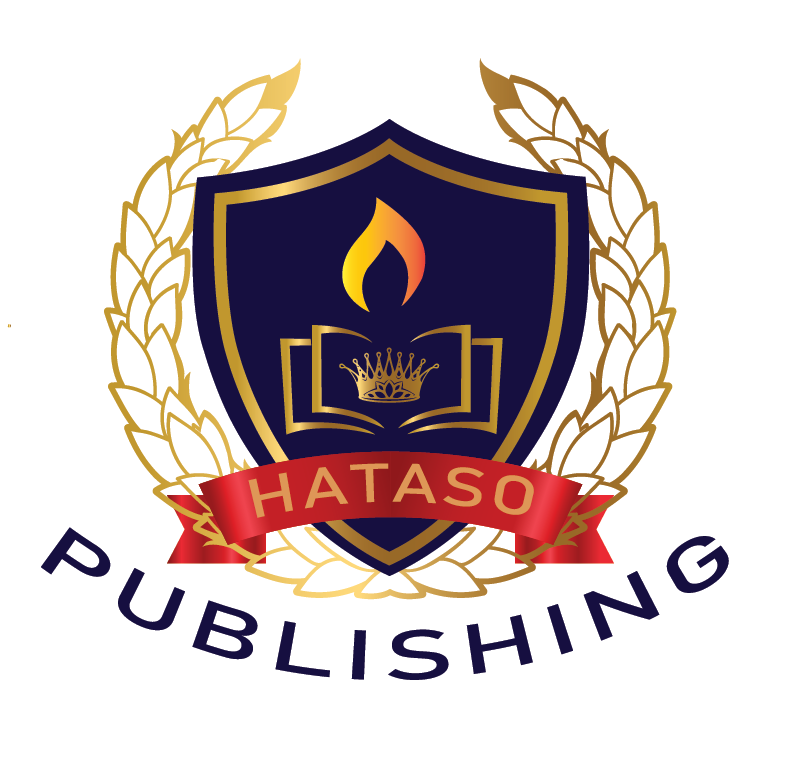


10.18639/RABM.2015.01.196308
Agriculture and Allied Sciences
Dec 15, 2015
Mercury is one of the most toxic heavy metals present in the earth’s crust. It has been considered as environmental pollutant because of its potent toxicity to plants and humans. In this review, we discuss mercury toxicity responses on plant metabolism and its detoxification mechanism by phytochelatins and antioxidant enzymes. Some light is also shed on selenium antagonistic study with mercury. Due to its potential toxicity, it has attracted attention in fields of soil science and plant nutrition. Mercury has harmful toxic effects on the molecular and physiobiochemical behavior of plants. Mostly research work has been done on seed germination, and shoot, root, and leaf morphology. Enzyme responses with respect to mercury as a result Hg accumulated in food chain is also reviewed here. Hence, this review may provide a compiled data for other researches in this direction, to provide a better mechanism or details about mercury’s noxious effect in the ecosystem.

Original Research Article
Nov 19, 2015
Imidacloprid (IMI) is known to target the nicotinic acetylcholine receptors (nAChRs) in insects, and potentially in mammals. However, IMI toxicity on mammalian tissues has not been adequately evaluated. The aim of the present study was to examine whether IMI induced functional impairment in hypthalamic-pituitary-adrenal (HPA) axis tissues. An oral exposure of 40 mg IMI/kg for 28 days in male rats caused a significant increase in malondialdehyde (MDA) level. The antioxidant catalase, superoxide dismutase, and glutathione S-transferase showed various alterations following administration, but a significantly depleted thiol (SH) groups was only recorded in hypothalamic tissues. The increase in the relative weight of adrenal glands and the increased adrenal cholesterol and plasma adrenocorticotropic hormone (ACTH) levels are indicative of general adaptation syndrome. The hypothalamic and pituitary acetylcholinesterase activity and calcium level were significantly increased, highlighting the alteration of cholinergic transmission. In conclusion, the findings obtained show that chronic exposure to IMI may alter biochemical processes of HPA axis.

10.18639/RABM.2015.01.195226
Microbiology and Immunology
Sep 27, 2015
Brucellosis is a highly infectious zoonotic disease and an economically important infection of humans and livestock with a worldwide distribution. The main mode of transmission of this disease to humans is through the consumption of infected milk, milk products, and uncooked or raw meat. The present study was designed to prepare few native antigens, that is, sonicated antigen (SA), cell envelope (CE) antigen, and freeze and thaw (FT) antigen from Brucella abortus S99 culture and to test them in a highly sensitive and specific indirect enzyme-linked immunosorbent assay (I-ELISA) in both a microtiter plate and a dot-blot format for the development of field-based diagnosis. All 50 suspected bovine samples were tested by plate as well as in dot ELISA formats for all the three antigens prepared. The CE antigen was found to be more suitable as it had the maximum agreement with the Rose Bengal plate agglutination test results followed by the SA and the least agreement was found with that of the FT antigen. This detection system in microtiter plates and a dot-blot format will be useful for the rapid screening of samples for the disease surveillance and routine diagnosis.

10.18639/RABM.2015.01.156935
Original Research Article
Aug 21, 2015
The present study is designed to investigate the anti-inflammatory potential of N-acetylcysteine (NAC) against carbosulfan (CB)-induced hepatic dysfunction in rats. Rats exposed to CB and NAC were examined for toxicity by assessing various biochemical alteration, inflammation (interferon gamma and leucocyte counts), and peroxidation marker, including in liver. Significant increases of blood alanine aminotransferase (ALT), alkaline phosphatase (ALP), and gamma glutamyltransferase (GGT) were detected in CB-treated rats. In addition, the level of pro-oxidative marker, such as malondialdehyde (MDA), was also increased. According to the results, rats exposed to CB showed a significant alteration in hepatic enzymes and an increase in the accumulation of lipid peroxidation index; also, CB induced an increase in pro-inflammatory cytokine in CB-treated rats when compared with their respective controls. Interestingly, administration of NAC to CB-treated rats attenuates the toxicity of CB, objectified by biochemical and oxidative improvement of liver. Thus, the present study reports for the first time that NAC could be a promising therapeutic agent against CB-induced liver impairment.

10.18639/RABM.2015.01.155696
Cancer and Oncology
Jun 06, 2015
Intestinal-type sinonasal adenocarcinoma accounts for about 3% of cancers of the upper aero-digestive tract. It is commonly seen in men in the age group of 55-60 years. We present the case of a 60-year-old woman having extensive disease in the right half of the nasal cavity extending to the dura of the anterior cranial fossa, and the right orbital contents. The patient was given induction chemotherapy to make the condition surgically amenable, but the regression was modest, and hence she has been put on concurrent chemo-radiotherapy.

10.18639/RABM.2015.01.95230
Toxicology and Pharmacology
Mar 13, 2015
The present study investigated the protective effects of N-acetylcysteine (NAC), is widely known as an antidote to acetaminophen overdose, on carbosulfan (CB)-induced hematotoxicity and oxidative stress in male rats. CB was administered at a dose of 25 mg/kg or simultaneously administered with NAC (2 g/l) for 30 days. Results of hematological examination showed that red blood cells, hematocrite, hemoglobin, and reticulocytes levels were significantly lower in CB-exposed rats compared with those in the control. Administration of CB caused a significant increase in the superoxide dismutase and catalase activities. However, the glutathione (GSH) and thiols group (TSH) levels were significantly increased as well as GSH S-transferase activity and levels of glutathione peroxidase on erythrocytes of males rats compared with those in the control. Also, CB-treated rats showed significant elevation in lipid peroxidation (LPO) and acetylcholinesterase (AChE) on erythrocytes in comparison with the control. Co-administration with NAC exhibited chemoprotective effects against CB-mediated hematotoxicity, augmented erythrocyte antioxidant status, and prevented the induction of anemia.

10.18639/RABM.2015.01.94785
Original Research Article
Feb 05, 2015
This study aimed to investigate the effect of lead acetate on the fallopian tube of adult mice and the possible effect of garlic extract in a Laboratory Based Randomized Control Trial. In this study, 30 female BALBc mice were selected and randomly divided into three groups. Ten animals were placed in each group. Group A being the control received only the laboratory diet. Group B was given lead acetate at a dose of 30 mg/kg/day. Group C was given lead acetate at 30 mg/kg/day and garlic extract at 500 mg/kg/day. All treatments were given through oral gavage tube for 60 days. The mice were sacrificed and dissected at the end of 60 days. The fallopian tubes were carefully dissected out and fixed in 10% formalin for routine histological examination. The histological findings in experimental group B showed increase in epithelial height, whereas no such findings were observed in group A and there was slight increase in height in group C. The lead acetate affected the epithelial height in lead acetate treated group which improved when cotreated with garlic extract.

10.18639/RABM.2014.01.66172
Agriculture and Allied Sciences
Jul 09, 2014
One of the many new risks that effecting the early societies is the continuous exposure to pollutants, namely, heavy metals. Mercury (Hg) is perhaps the metal which has attracted the most attention in soil science and plant nutrition due to its potential toxicity to ecosystem. In the present study, the toxic effect of mercury was determined by morphological and physiological parameter on plant Phaseolus vulgaris. In germination studies, parameters such as germination percentage, root length, and shoot length were decreased with increasing dose of mercuric chloride (HgCl2) concentrations. Mercury also showed inhibition property towards physiological parameters such as chlorophyll, protein, nitrate, and endogenous pool. Higher concentrations of HgCl2 were found to be more toxic.